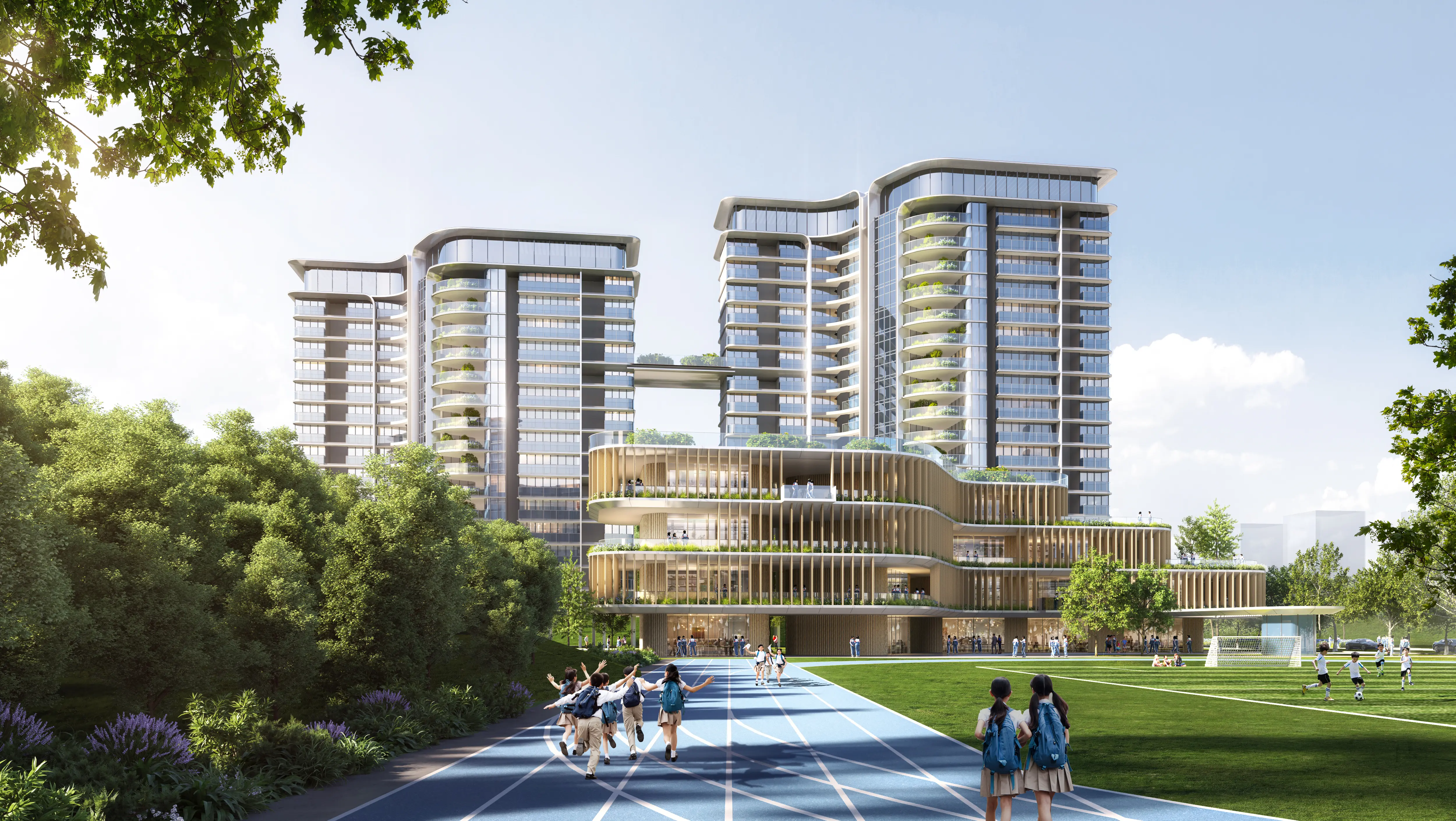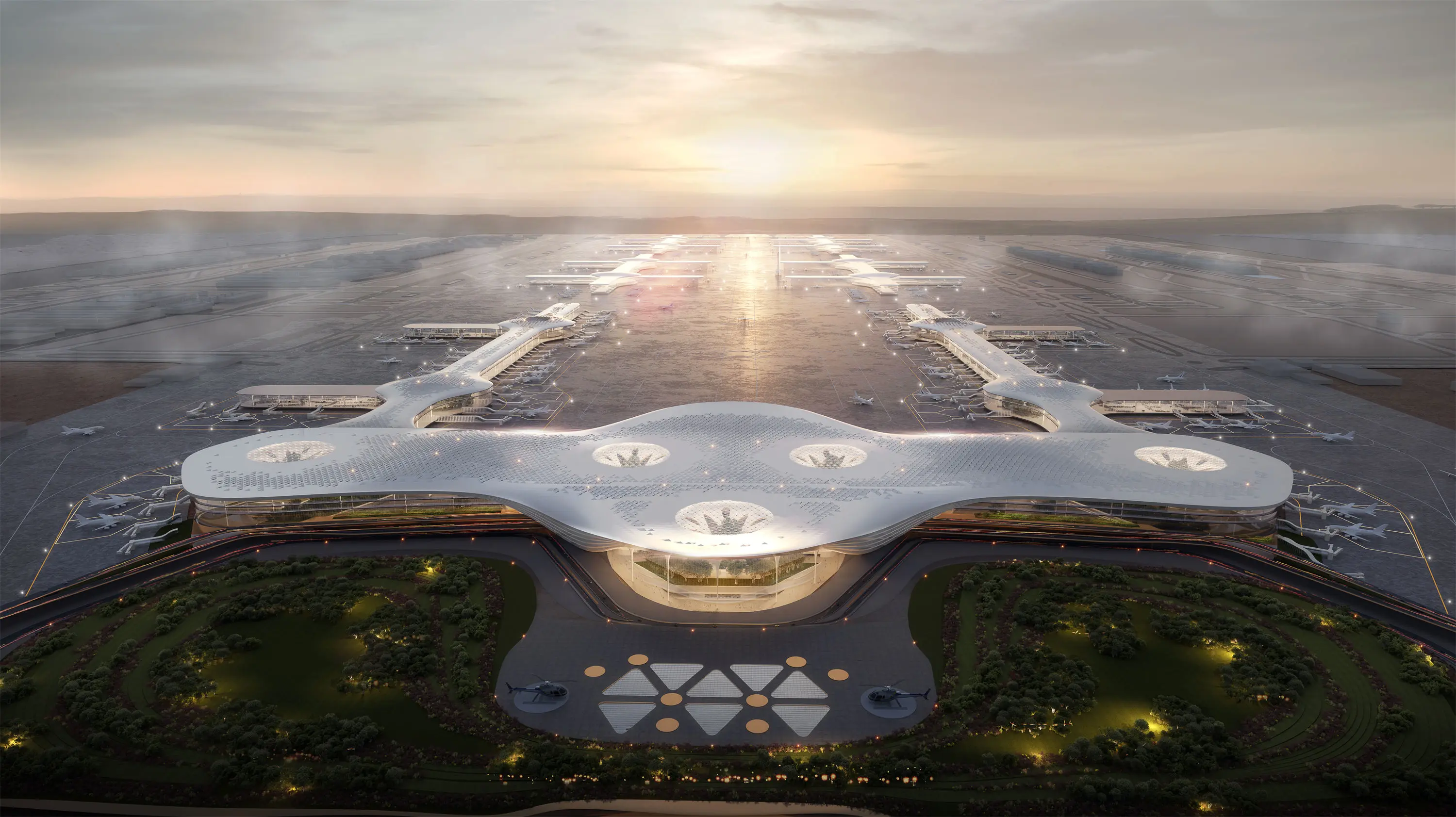How does BIM model optimize the construction process
BIM (Building Information Modeling) models can optimize the construction process in several ways:
Planning and coordination before construction
Visual construction site layout: Using BIM model, the construction site can be three-dimensional visual layout. According to the construction progress and site conditions, the material stacking area, mechanical equipment parking area, temporary office area and living area can be reasonably planned to avoid mutual interference between various areas, improve the use efficiency of the site, and reduce the secondary handling of materials and equipment.
Construction progress simulation: Based on BIM model combined with construction progress plan, it can conduct 4D simulation of construction progress (3D model plus time dimension). Through simulation, the critical path and potential schedule risks in the construction process can be discovered in advance, such as whether the logical relationship between each construction process is reasonable and whether the resource allocation is balanced. According to this, the construction team can optimize the construction sequence and resource allocation, and formulate a more scientific and reasonable construction schedule.
Multi-specialty collaborative Design and collision detection: In the BIM model, the design information of each specialty (such as building, structure, water supply and drainage, electrical, etc.) is integrated on a unified platform. Through the collision detection function, design conflicts and collision problems between different professions can be found before construction, such as the collision between pipelines and structural components, and the conflict between equipment and building space. The design team can adjust and optimize the design in time to avoid the delay and cost increase caused by design changes in the construction process.

Management and control in the construction process
Accurate material management: BIM models contain detailed building component information and can accurately calculate the amount of various materials. Construction personnel can accurately purchase and cut materials according to the material list provided by the model, reducing material waste. At the same time, by comparing with the actual construction progress, the use of materials can be monitored in real time, and the situation of excess or insufficient materials can be found in time, which is convenient to take corresponding measures to adjust.
Quality control and acceptance: Using BIM models, detailed construction quality plans and acceptance criteria can be developed. In the construction process, the construction personnel can compare the actual construction situation with the BIM model, find the construction deviation in time and correct it. For hidden projects, BIM model can be used as an important basis for acceptance, to help acceptance personnel better understand the construction of hidden parts, to ensure that the quality of the project meets the requirements.
Safety management: Construction safety risk analysis and simulation can be carried out based on BIM model. For example, by modeling the terrain, building structure and construction equipment of the construction site, it analyzes possible safety hazards, such as the risk of high-altitude operation and the risk of foundation pit collapse, and develops corresponding safety protection measures. At the same time, the BIM model can also be used to conduct safety training for construction personnel to improve their safety awareness and ability to respond to sudden safety accidents.
Operation and maintenance management after construction
Facility management: After the construction is completed, BIM model can be used as an important data for the operation and maintenance management of the building. The BIM model contains detailed building information, such as device location, specifications, and maintenance records. O&m personnel can use the BIM model to quickly locate and query related information, facilitating routine maintenance and management of equipment.
Space management: BIM models can clearly show the spatial layout and use of the building. In the process of building use, operation and maintenance personnel can use BIM models to plan and adjust the space according to the actual needs, and improve the space utilization rate of the building.


